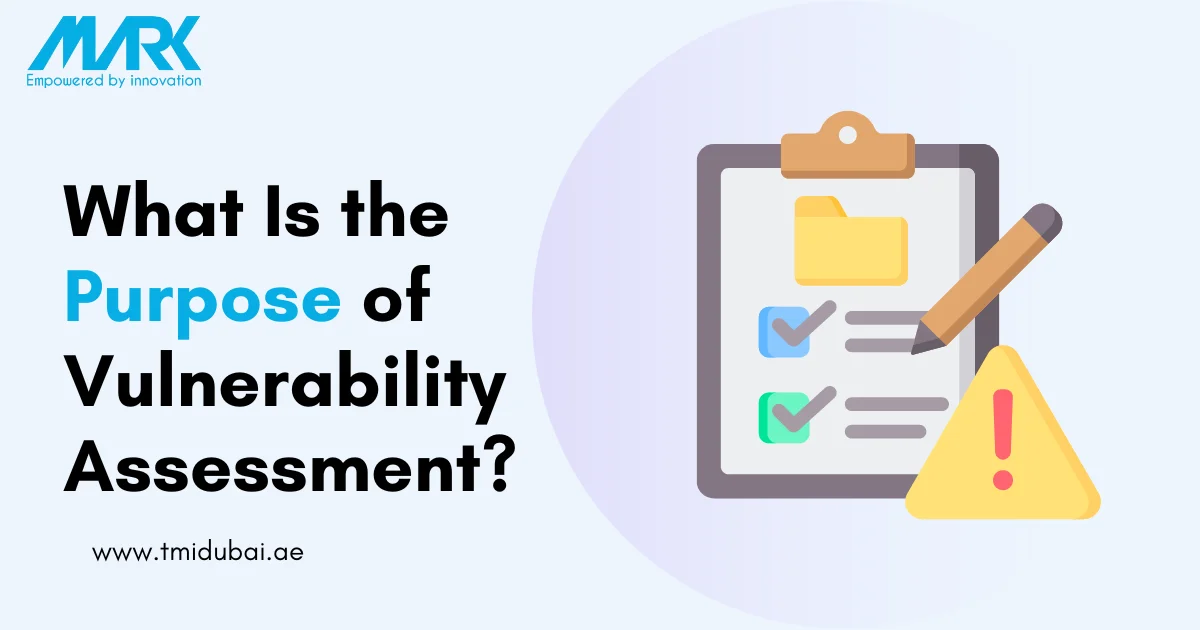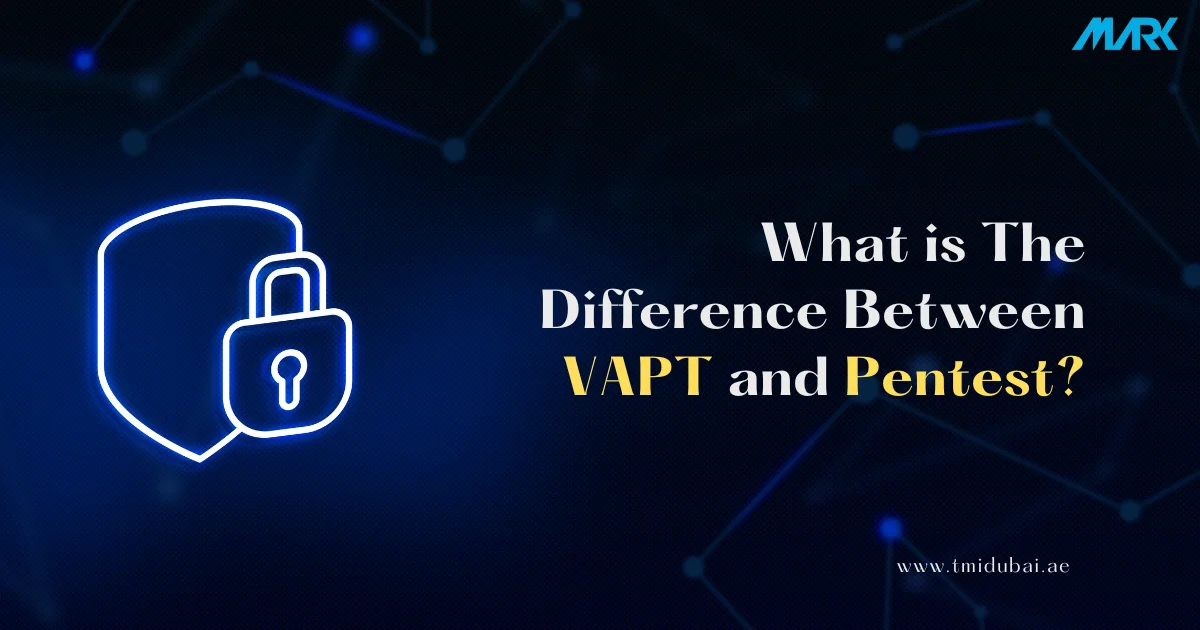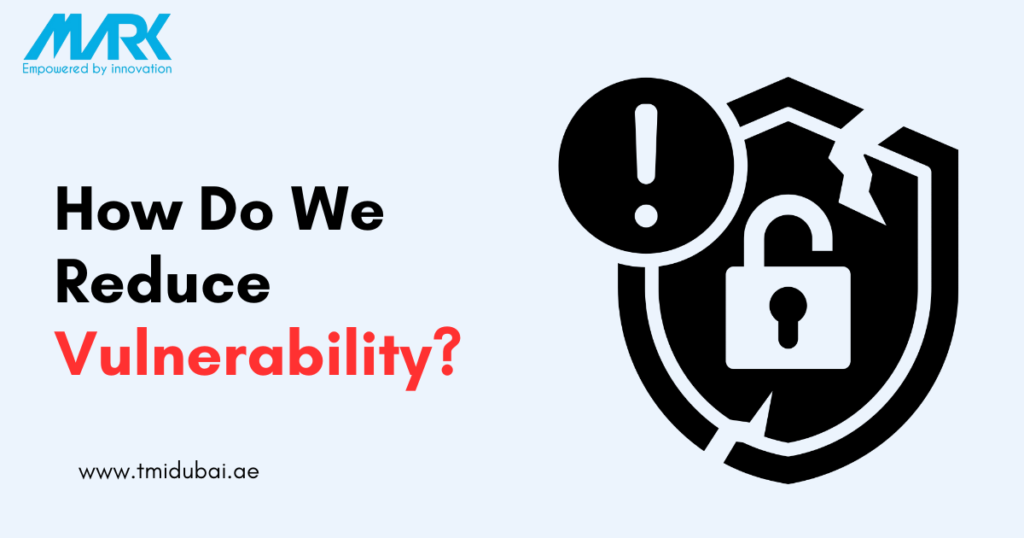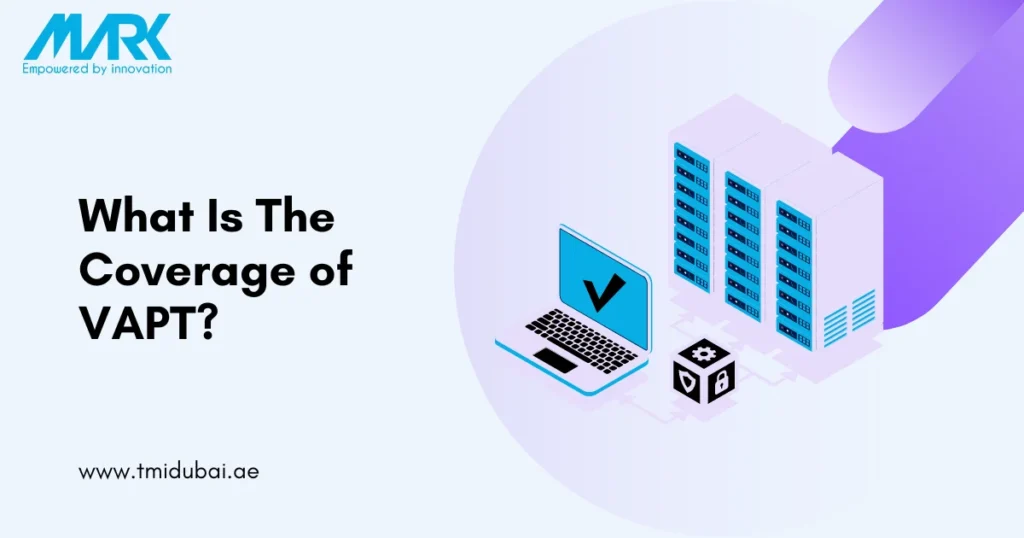No matter if you are using your home computer for general surfing or a network of computers in your business, both are considerable threats that can seriously damage your computer. It is important to know about Spyware and Malware and their difference. So, what are you waiting for? Scroll down and read out more!
What is a Computer Virus?
A computer virus is a program designed to infiltrate your computer and destroy or change your files and data. A virus can harm or erase data on your computer. Viruses can also reproduce themselves. A computer virus is more harmful than a computer worm since it modifies or deletes your files, whereas worms just replicate themselves without causing modifications to your files or data. Viruses might infect your computer via picture attachments, audio, or video files. Viruses can potentially infect the system via online downloads.
They may be concealed in free trial software or other items that you download. It is best not to download anything if you are not sure who the sender is. Almost all viruses are tied to an executable file, which means they might remain on your computer but not infect it unless you launch or open the harmful program. It is critical to understand that a virus cannot propagate without human intervention or social engineering, such as running an infected program to keep it alive.
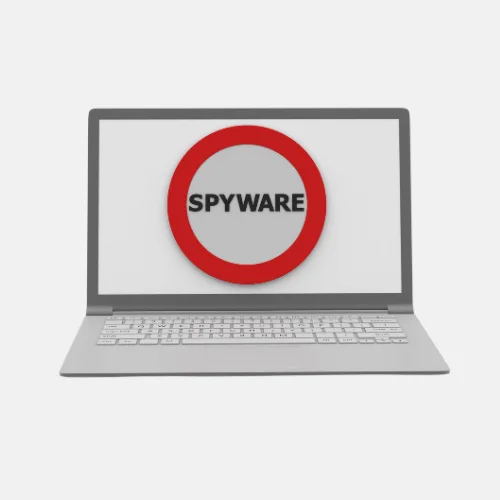
What is Spyware?
Spyware is malicious software that infiltrates a user’s computer, collects data from both the device and the user, and transfers it to third parties without their knowledge. A frequently recognized definition of spyware is a type of malware that is designed to access and harm a device without the user’s knowledge.
Spyware captures personal and sensitive information and sells it to advertising, data-gathering companies, or malevolent actors for profit. Attackers use it to track, steal, and sell user data such as internet usage, credit card, and bank account information, as well as to steal user credentials in order to fake their identity.
The word “spyware” originally appeared in online debates in the 1990s. Still, cybersecurity businesses didn’t use it until the early 2000s to identify unwanted software that spied on its users’ and computers’ activities.
The first antispyware software was published in June 2000, and four years later, scans revealed that spyware was present on almost 80% of internet users’ PCs, according to research conducted by America Online and the National Cyber Security Alliance. However, 89% of users were unaware of the spyware’s existence, and 95% did not provide permission for it to be installed.
How Spyware Attacks Your System?
Attackers use well-designed malware to get into and infect machines without being detected. They accomplish this by concealing harmful files within legitimate downloads and web pages, causing consumers to access them frequently without realizing it. The infection will coexist with trustworthy programs and websites via code flaws or in custom-made fraudulent apps and websites.
There are three main ways in which mobile spyware attacks mobile devices:
- Operating system flaws: Attackers can exploit holes in updates for mobile operating systems to exploit flaws.
- Malicious applications: These are usually hidden within legitimate apps that users download from websites, not from app stores.
- Wi-Fi networks that are unsecured: Free Wi-Fi networks are usually available in public places like airports and cafes, which can cause serious security risks. Attackers can monitor the actions of users connected to these networks.

What is Malware?
Malware refers to any computer program or software that is intended for malicious purposes. Malware is used to steal data or cause damage to computers or software systems. Computer malware comprises a variety of cyber dangers, such as viruses, adware, spyware, and ransomware. Typically, the purpose of cyber assaults is to utilize viruses for financial benefit.
Cyber thieves can acquire unauthorized access to a company network by employing clever social engineering strategies such as phishing. Once within the network, they can roam freely, steal data and intellectual property, get access to sensitive information, spy on others, and cause system damage.
One of the most notable experiences is receiving a ransomware notice informing IT that business-critical data has been locked until the ransom is paid. Other incentives for nation-states to attack other governments include:
- Causing the internet to go down throughout a significant portion of the country.
- Preventing electricity infrastructure from functioning.
- Conducting industrial espionage in the form of data theft (trade secrets or intellectual property).
How Malware Attacks Your System?
We discovered many types of malware and the methods by which they expand. The ways that malware may penetrate and spread across networks continue to develop, as do the danger vectors in the digital realm.
- Unsecure network-connected devices such as personal mobile devices, PCs, and IoT devices provide an attack vector for malware.
- Insecure supply chain networks, as well as insecure third-party partners’ networks, have the potential to infect other suppliers’ networks or provide malware access to the company network.
- Older network equipment with out-of-date software can become vulnerable and distribute malware.
- Email attachments with malicious code can be opened and shared with other users, spreading the infection throughout the organization.
- Phishing or spear phishing emails mislead the receiver into revealing credentials that grant access to the business network, allowing malware to propagate.
- Smishing SMS, similar to phishing emails but for mobile phones, deceives users into clicking on malware links and inputting personal or company credentials, allowing malware to spread over the network.
- File servers that use the standard internet file system or network file system can spread malware when users download infected files.
- Malware can reproduce itself on portable media such as thumb drives before spreading to computer systems and networks via file-sharing software.
- Peer-to-peer (P2P) file sharing can spread malware by distributing infected files that appear innocent, such as video, music, or photos.
- Hackers can access systems from anywhere through remotely exploitable network vulnerabilities.
What is the Difference Between Spyware and Malware?
Below are the differences between spyware and malware:
1. Intention of the malware
Malware refers to any destructive program used to target your computer. Spyware is aimed at accessing your files, passwords, and other sensitive information.
2. Nature of harm
Every sort of malware aims to obtain unauthorized access to your computer and launch an attack. However, a significant distinction exists in the types of harm they may produce. Spyware collects information about you and uses it for illicit reasons.
3. Magnitude of harm
The level of harm caused by different malware varies, much as the sort of damage. Spyware may be harmless if an employer installs it just to monitor their employees’ activity. However, thieves may still use it to steal passwords, access email or social media accounts, and disseminate dangerous or damaging information about individuals.
4. Alert from Malware
Different types of malware will have other alarm mechanisms. Spyware is hidden and executes its destructive actions behind the scenes; its goal is to secretly monitor your computer network and extract your credentials and other sensitive information about you.
5. Resolving an attack
Finally, while anti-virus software may resolve the majority of malware difficulties, others may necessitate further effort. To identify and remove spyware, for example, you will often need to install an antispyware scanner. However, if you are the victim of a ransomware assault by highly experienced thieves, fixing it may take more than just a free or commercial antivirus program. Without an in-house IT staff, you will require support from external IT-managed service providers to fix the attack and educate you on how to defend your systems in the future better.
In short, malware is a type of software that steals personal information, sends spam, and commits fraud through viruses or spyware. Criminals manipulate consumers by using appealing websites, attractive downloads, and compelling stories to download malware onto their computers. This is especially true on machines that do not have adequate security software.
Spyware may monitor or control your computer’s operation. A pop-up ad can be sent, a laptop can be redirected to a website that is not wanted, the user’s Internet browsing can be monitored, and keystrokes can be recorded, resulting in identity theft. Consumers need to have up-to-date security software on their computers to avoid malware and spyware. Moreover, they may be able to reclaim their computers and electronic data by taking a few steps.
Distinction: Spyware Vs Malware
| S.No. | Malware | Spyware |
| 1. | Malware is a file or code that is intended to cause harm to a user’s computer or network. | Spyware is a type of software that aims to acquire your personal information. |
| 2. | Malware refers to a wide variety of harmful software. | Spyware is one of the type of malware. |
| 3. | Malware is more harmful than spyware. | Spyware is less harmful than Malware |
| 4. | Duplicate copies of malware can be created by malware. | While spyware is not capable of self-replication. |
| 5. | Antivirus software is capable of detecting and removing malware. | It is possible to detect and remove spyware with an antispyware program. |
| 6. | It has a chance to damage data and resources, create errors, and degrade performance. | Through the collection of user data without the user’s knowledge, it provides profits to third parties. |
Conclusion
Regardless of how careful you are, Malware may still penetrate your computer systems. Cybercriminals are cunning and will launch their attacks in the most unsuspecting methods imaginable. When this occurs, IT-support-managed service providers can advise you on how to remedy the issue. Knowing how to safeguard your computer is only the first step; having the specialists handle it for you is the best answer.


